Building professionals are always looking forward to the future because advancements in sustainable technology make eco-friendly lifestyles easier every day. People who prioritize green standards will need their home to align with their values, leading to the rise of passive houses. These are a few reasons passive houses are crucial for the future and New York as a state.
What Is a Passive House?
Before researching the top five largest passive houses, you need to understand what makes a passive house different. These dwellings utilize passive architectural elements — such as ventilation, sunshine and shading — to maximize a home’s energy efficiency.
William Shurcliff invented the term in 1982, which led to the creation of the Passivhaus Institute in Germany. The global movement built passive houses worldwide to protect the environment and push residential construction into a greener future.
What Are Sustainable Building Materials?
There are many sustainable building materials available for residential construction. Compared to their traditional counterparts, they have much less negative impact on the planet during cultivation, processing and production. When planning a passive house, you can choose from materials such as:
- Cork
- Bamboo
- Stone
Building materials are crucial components of any construction plan. They can derive from and utilize natural resources before reaching a project site. Architects and engineering professionals can seek certifications to set their eco-friendly work apart from traditional project sites.
Earning something like a Greenguard certification would verify for clients that their home emits low VOC emissions after the site passes third-party testing of over 1,000 possible chemicals. Certifications demonstrate that you as an industry professional value sustainable building materials and provide high-quality construction plans.
What Are the Five Passive House Principles?
Five sustainable house principles guide industry professionals in designing and constructing passive houses. They are:
- Thermal insulation
- Airtightness
- Passive house windows
- Thermal bridge reduced designs
- Adequate ventilation strategies
Each principle supports the other and makes residential construction comfortable without compromising its environmental integrity.
What Are the Top 5 Largest Passive Houses?
Sustainable housing is a popular residential preference, so construction teams built these top five passive houses within the last few decades. Their features could benefit people globally, especially condensed populations like New York City and the surrounding areas.
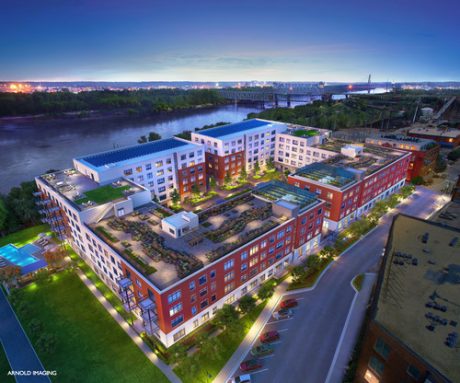
1. Kansas City, Missouri — Second + Delaware
The developers of Second + Delaware wanted to build a 276-unit apartment building that prioritized the planet. Their building showcases triple-glazed windows that effectively block outside temperatures and a dedicated outside air system to ensure fresh air is constantly flowing. Extra insulation reduces the need for heating and air conditioning, saving residents on their electric bills and minimizing their carbon footprint.
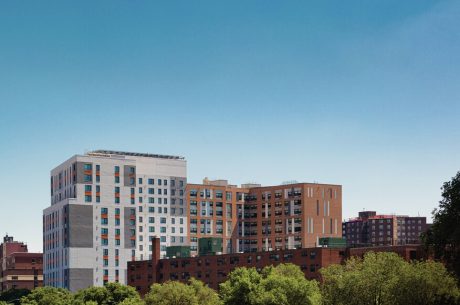
2. New York City, New York — Park Avenue Green
The 15-story Park Avenue Green building finished construction in 2019 and houses people within its 154 units. The architects relied on the thermal insulation passive house principle while insulating the walls and ceilings against fluctuating outdoor temperatures. It’s an essential low-income housing provider for Melrose residents and continues to keep rent low with sustainable technology like rooftop photovoltaic panels.
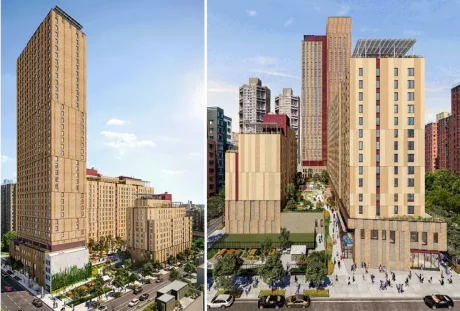
3. East Harlem, New York — Sendero Verde
When Sendero Verde completes construction in 2024, it will become the most affordable passive house globally. The units within the 34-story building are future homes for people making 30-110% of the city’s median income, so they’ll also pay rent at a fraction of the average cost in surrounding apartment buildings.
The rent will remain low because the completed building will use triple-glazed windows to insulate each unit and a centralized ventilation system that eliminates energy loss. There will also be a hot water recirculation system to reduce the energy needed to heat water.
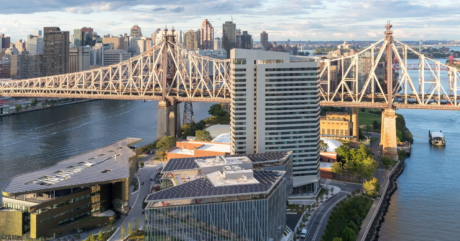
4. New York City, New York — The House at Cornell Tech
New York City is an optimal place for passive housing due to its growing population and need for vertical expansion for residential properties. The House at Cornell Tech began helping with both factors when it debuted in 2018. It houses Cornell students in a building that reduces residential energy use by around 70% and keeps a neutral pressure with a specially designed ventilation system. It also recovers lost heat through an exhaust air filtration system, maximizing the property’s eco-friendly efficiency.
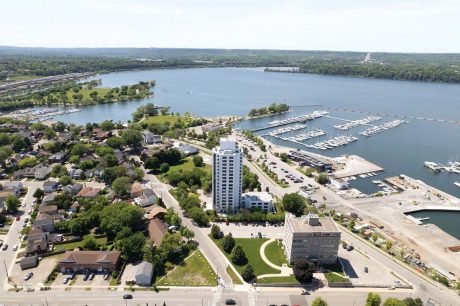
5. Hamilton, Ontario: Ken Soble Tower
People of all ages deserve comfortable, eco-friendly housing. The architects behind the Ken Soble Tower built their passive house for senior residents in Hamilton, Ontario. They turned a 55-year-old concrete tower into housing that reduces residential greenhouse gas emissions by 94% with fully accessible units, trip-glazed windows and doubled interior and exterior insulation.
It’s currently the largest passive house in Canada, but that may soon change. The 40-story Earth Tower is currently in its planning phase and will become the planet’s tallest hybrid building and remain thermodynamically heated during freezing winters without an electric heating system. The property would be carbon-neutral, raising the expectations for future passive housing.
Residential Benefits of Passive Housing
There are many benefits of passive housing for residents of any city. These are the primary reasons clients prefer architects and engineers with passive housing plans over traditional home structures.
People Save More Money
Many passive houses feature eco-friendly energy sources like solar panels or electricity from solar heat pumps. By avoiding traditional electric plants, residents can pay much lower energy bills due to their electricity coming from naturally occurring sources. It’s an excellent opportunity for residents in low-income communities, like those who moved into the Park Avenue Green building in New York City.
Passive Housing Helps the Climate
According to environmental researchers, seven of the 10 hottest years on record happened after 2014. The climate is warming due to human activities producing greenhouse gasses, but passive housing reduces or eliminates carbon emissions from residential structures. It’s a significant advantage for residents, the planet and cities with high emissions levels due to an increased local population.
Residents Can Live Healthier Lives
The airtight passive housing principle helps residents live healthier lives. Units don’t share airflow, preventing the spread of airborne viruses. They’ll breathe a higher quality of indoor air, allowing people to have better lives and remain healthy while living in close quarters.
Learn From the Largest Passive Houses
Residential construction engineers and architects should learn from the largest passive houses in the world to better serve their clients. People stand to benefit from the advanced technology and green building principles alongside a planet that needs more climate protection than ever before.
About the Author:
Rose Morrison is a freelance writer with a passion for sustainable building and innovative construction technologies. She is the managing editor of Renovated and regularly contributes to a number of reputable sites, such as NCCER, The Safety Mag, and Geospatial World. For more from Rose, you can follow her on Twitter.

























